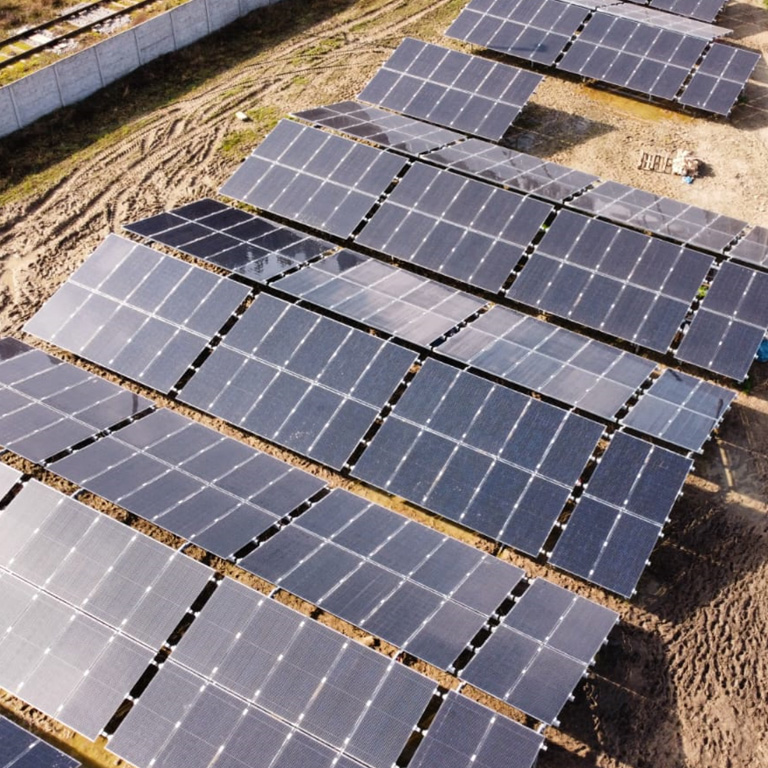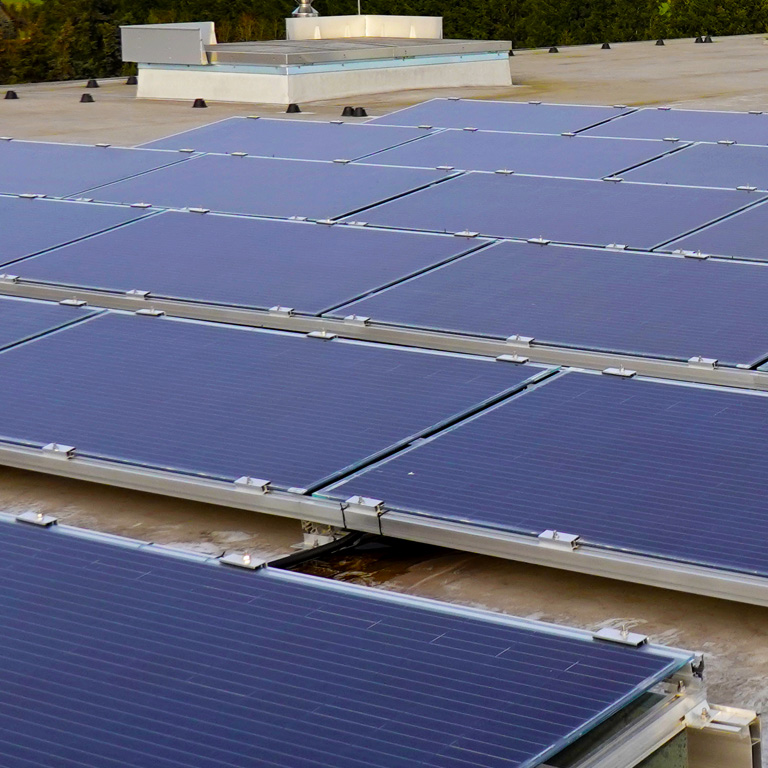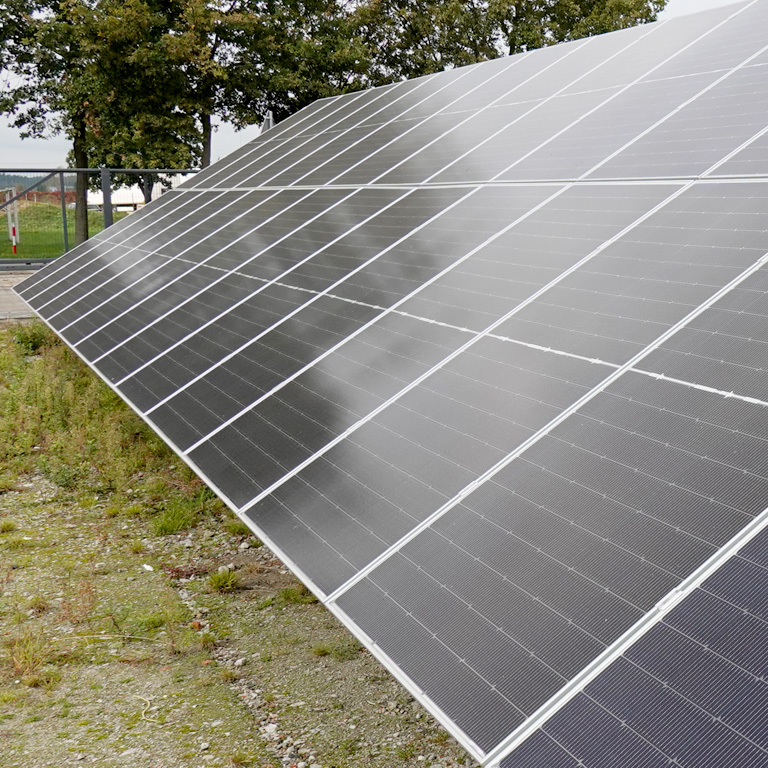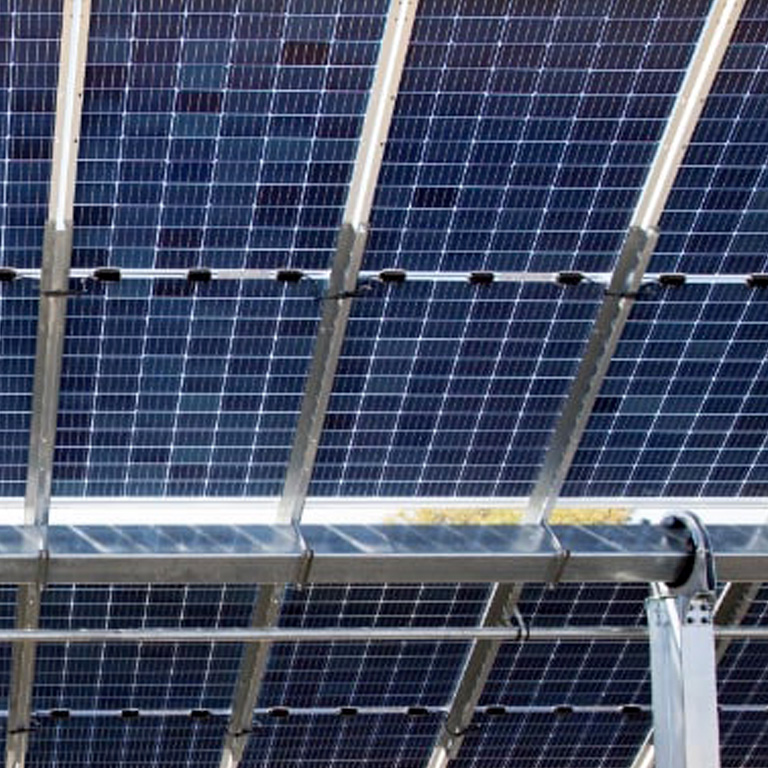
Si-Factory
Si-Factory is a project carried out by Roltec in parallel with a thin-layer photovoltaic design. We launched the production of high -quality monocrystalline silicon modules . Intensive expansion: the new hall and production line already in 2024 allowed for significant automation and ankle production increase. We combine production with the direct implementation of photovoltaic farms.
The project, financed and implemented entirely by the company, primarily serves to meet the company's own energy needs. All production is directed directly to our installations. We have designed and implemented a complete solar farm system for all types of surfaces. We install our modules with the help of third-party contractors on flat roofs, pitched roofs, and ground-based roofs. We estimate the planned installations in the coming years at 40 MW. In 2025, we are implementing investments in the Greater Poland, Łódź, and Lower Silesian Voivodeships with a total capacity of nearly 15 MW.
M10 Half Bifacial Module
Roltec Bifacial M10 modules are glass-foil modules protected by an aluminum frame. The active layer is located on two sides, allowing light to be absorbed from both sides (including light reflected from the substrate). The modules achieve peak efficiency up to 30% higher than single-sided PV modules (which depends primarily on the substrate's albedo). A refined production method guarantees a long module lifespan. It demonstrates significant resistance to mechanical damage, microcracks, salt mist, and ammonia.
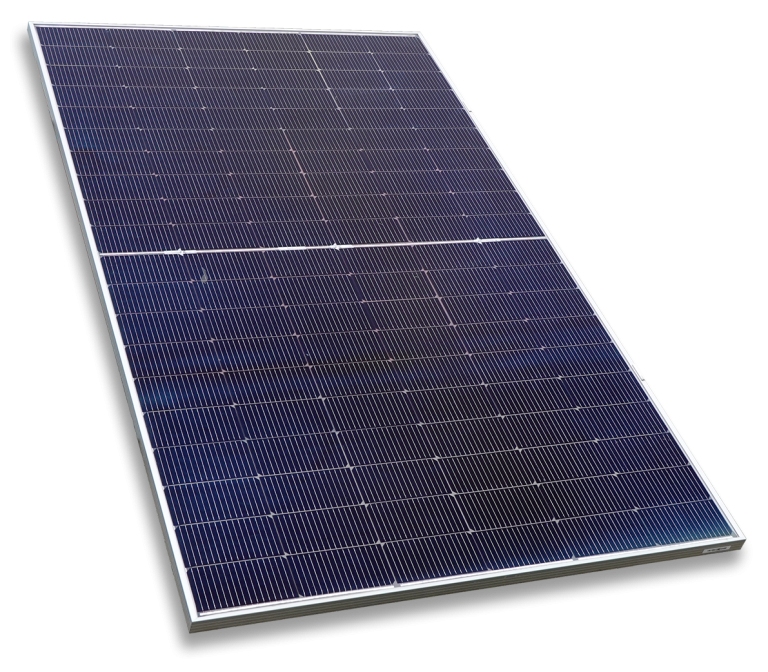
Module type: BIJTHE-YYWWNNNN
- Power: 440 - 480 Wp
- Size: 1910x1135 mm
- Maximum efficiency: 22%
- Low operating temperature
- High mechanical resistance
Production technology
Monocrystalline silicon photovoltaic modules are made on a partially automated production line, guaranteeing high quality and repeatability of the process. At the same time, our research and development department is constantly working to improve the efficiency, quality and durability of our modules.
The first stage of photovoltaic module production involves connecting individual cells in series using connecting tapes. During an automated soldering process, a worker eliminates damaged cells. The connected cells are placed on glass covered with EVA foil and then electrically connected (soldered). After joining, additional layers of EVA foil and electrically insulating foil are applied, protecting the module from external factors. The prepared module is then laminated (in an oven) at approximately 140°C, where it is completely sealed (encapsulated). In the final stage, a junction box with cables is mounted to the module's bottom surface.
Ready photovoltaic modules are checked on a solar radiation simulator under standard test conditions (STC: 1000 W/m2, 25°C, AM1.5G), where electrical parameters are determined, such as maximum power (Wp), short-circuit current (Isc), open circuit voltage (Voc). The modules meet all applicable standards for the design and safety of photovoltaic modules (IEC61215, IEC61730, IEC63092, IEC TS 62941).
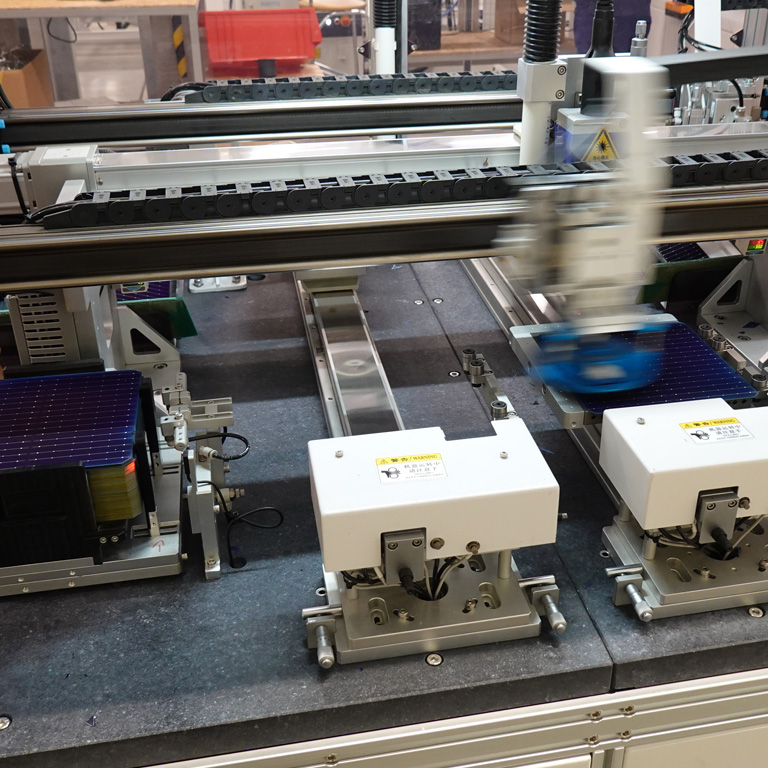
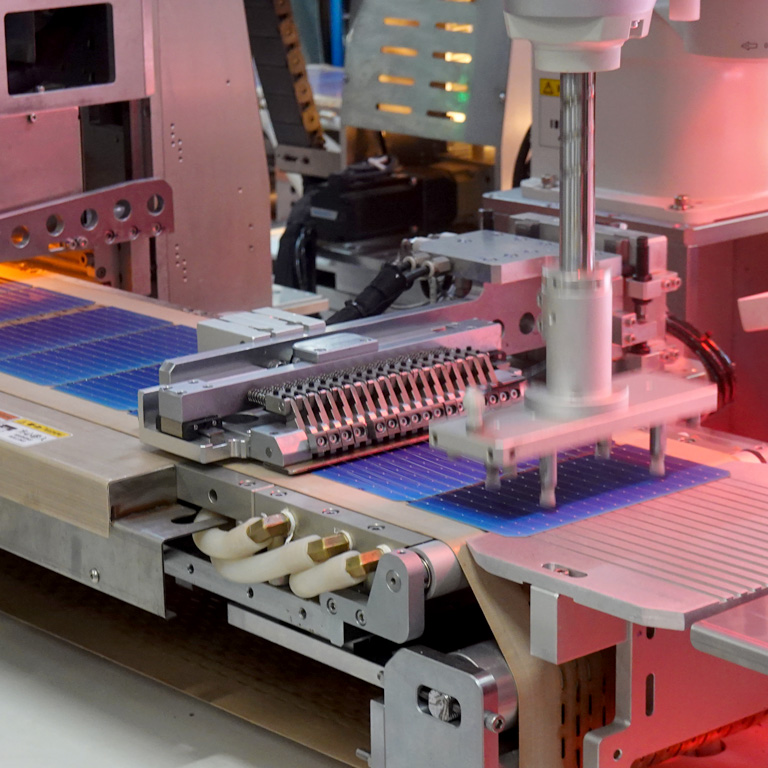
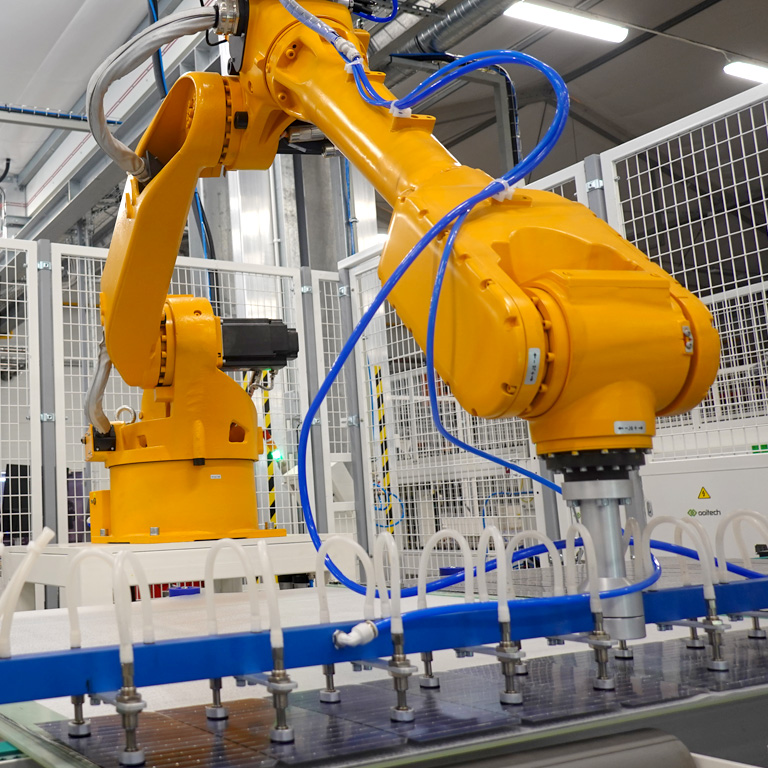
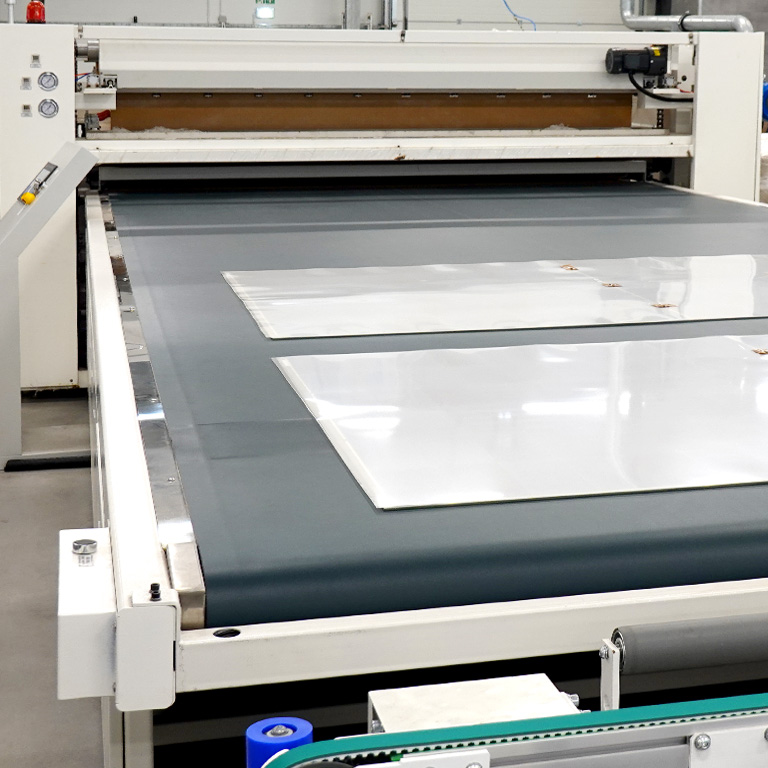
Si-Factory in numbers:
Our projects
We implement photovoltaic installations on roofs and on the ground based on dedicated and proven components.
A comprehensive approach - from the production of modules to the construction of the farm guarantees maximum reduction in kWh production costs. Complete installation includes:
- G1 solar modules,
- supporting structure,
- inverters,
- wiring,
- electricity meters,
- monitoring application.
